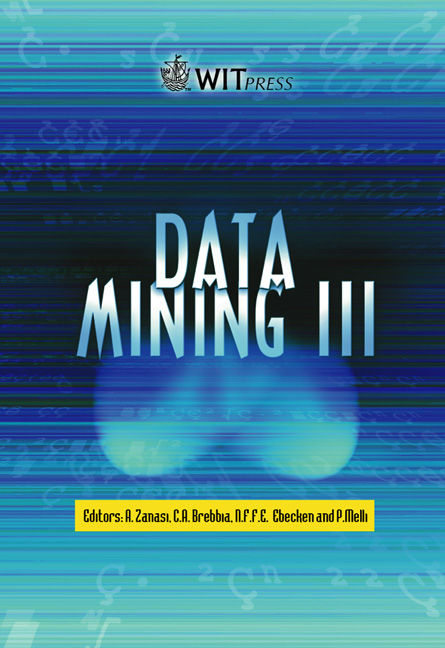Prediction Of Dwelling Fire Occurrences Using Data Mining Technologies
Price
Free (open access)
Volume
28
Pages
Published
2002
Size
506 kb
Paper DOI
10.2495/DATA020681
Copyright
WIT Press
Author(s)
L Yang, M R Brown, C W Dawson & M Gell
Abstract
Two data mining technologies have been employed in this paper to build a prediction model for dwelling fire incidents. The first method uses a feed-forward neural network to describe the relationship between the number of fires and factors that influence the fire occurrence. Eight factors are initially selected as the inputs of the neural network. Principle Component Analysis (PCA) is employed for pre-processing the input data set to reduce the number of the inputs. The model can give a prediction with an acceptable accuracy for the number of fires in dwelling areas. Genetic algorithms (GAs) are the second approach discussed in this article. The first three principle components of the raw data set chosen from outputs of the PCA are classified into the different groups according to their number of fires. An iterative GA is proposed and applied to extract the features for each data group. Once the features for all the groups have been identified the test data set can be easily clustered into one of the groups based on the group features. The number of fires for the group, which the test data belongs to, is the prediction of the fire occurrence for the test data. The two approaches have been compared in the conclusion. 1 Introduction Fire, the oldest combustion problem, is a major cause of human suffering and material loss, and the one that perhaps we predict the least accurately (Fernandez-pello, 1994). A major reason for this is the complexity of the problem itself. Tremendous progress has been made in the last two
Keywords





